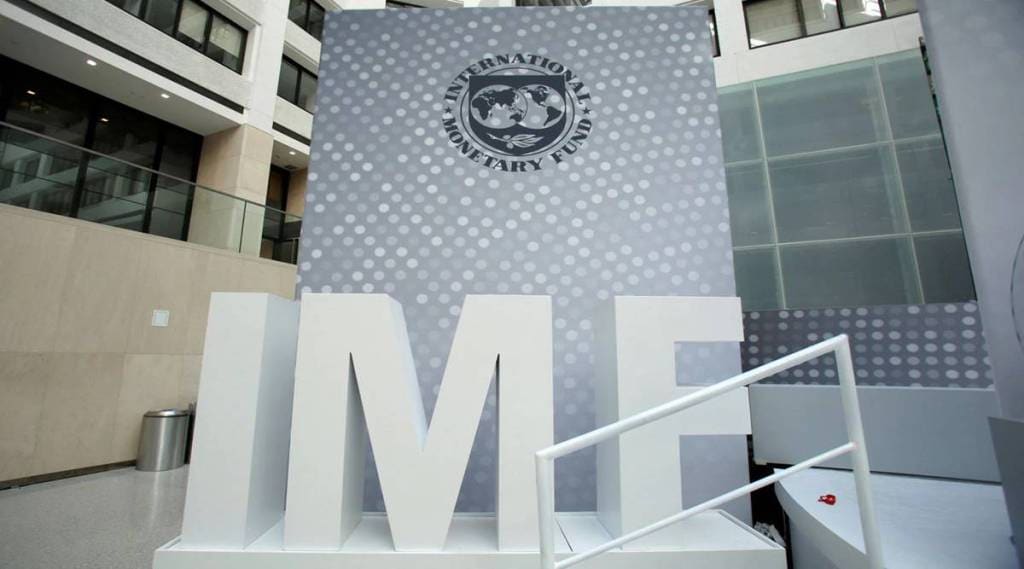Multiple shocks like the Covid-19 pandemic, conflict in Ukraine and slowdown in the world economy have adversely impacted South Asian economies. As if all of this weren’t bad enough, some countries are contending with unsustainable debt and climate change-induced disasters. The worst affected is Sri Lanka whose overall pace of economic expansion is projected to fall by a further 4.2% from a negative growth of 9.2% last year. Dealing with the worst floods in recent memory—which have affected over 9.4 million acres of crops and 33 million of its people—Pakistan’s economy is likely to register growth of only 2% in 2022-23 (July to June) from 6% in the previous fiscal. Bangladesh, too, is facing adverse headwinds from the slowdown in global trade with growth of 6.1% in 2022-23 (July to June) from 7.2% during the last fiscal. However, the post-Covid rebound in tourism has helped the Maldives and Nepal although the latter, too, is set for lower growth. Overall regional growth is pegged at 5.5%, according to the World Bank. Barring the Maldives, these four nations are facing balance of payments problems with reduced foreign exchange buffers to purchase essential imports like food, fuel and other items, and have approached the IMF to cope with the mounting pressure on their economies.
Implementing IMF loan conditionalities is not easy for elected governments. Although the Fund has changed its earlier stance of prescribing one-size-fits-all conditions, it remains a bank at the end of the day that wants its loans serviced. Naturally, it advocates, among other measures, balancing the budget through big cuts in expenditures and higher taxes when the need is to spend more to support faltering growth. Sri Lanka has sought a combination of an Extended Credit Facility and Extended Fund Facility to overcome its balance of payments crisis.
Although negotiations for a $2.9 billion loan were delayed till an elected government was in place, there was also a condition that Sri Lanka would first have to strike a debt restructuring agreement with its bilateral creditors before the IMF loan is disbursed in tranches. For such reasons, the loan approval process might stretch to the first quarter of this year. The Fund has also not approved the release of $1.1 billion to Pakistan. According to reports, its foreign minister is meeting an IMF team on the sidelines of a conference in Geneva to “discuss outstanding issues and the path forward” as Islamabad has forex reserves to cover less than a month of imports. Although Nepal secured a 38-month duration ECF of $395.9 million last January, all eyes will be on how the new Communist regime headed by Pushpa Kamal Dahal implements Fund conditionalities.
As the most powerful economy in the region, it is not in India’s interests to have economic instability in the neighbourhood. Although South Asia has been a diminishing priority focus due to its tensions with Pakistan, India has extended $4 billion in aid to crisis-ridden Sri Lanka. Generous lines of credit—or soft loans provided on concessional interest rates—will enable neighbours to increase their imports. Settlement of trade transactions in the currencies of trading partners would be a game-changer as many of our neighbours are desperately short of foreign exchange. Linking with the Unified Payments Interface could reduce costs of cross-border remittances. India must engage more with the region than it is currently doing.


